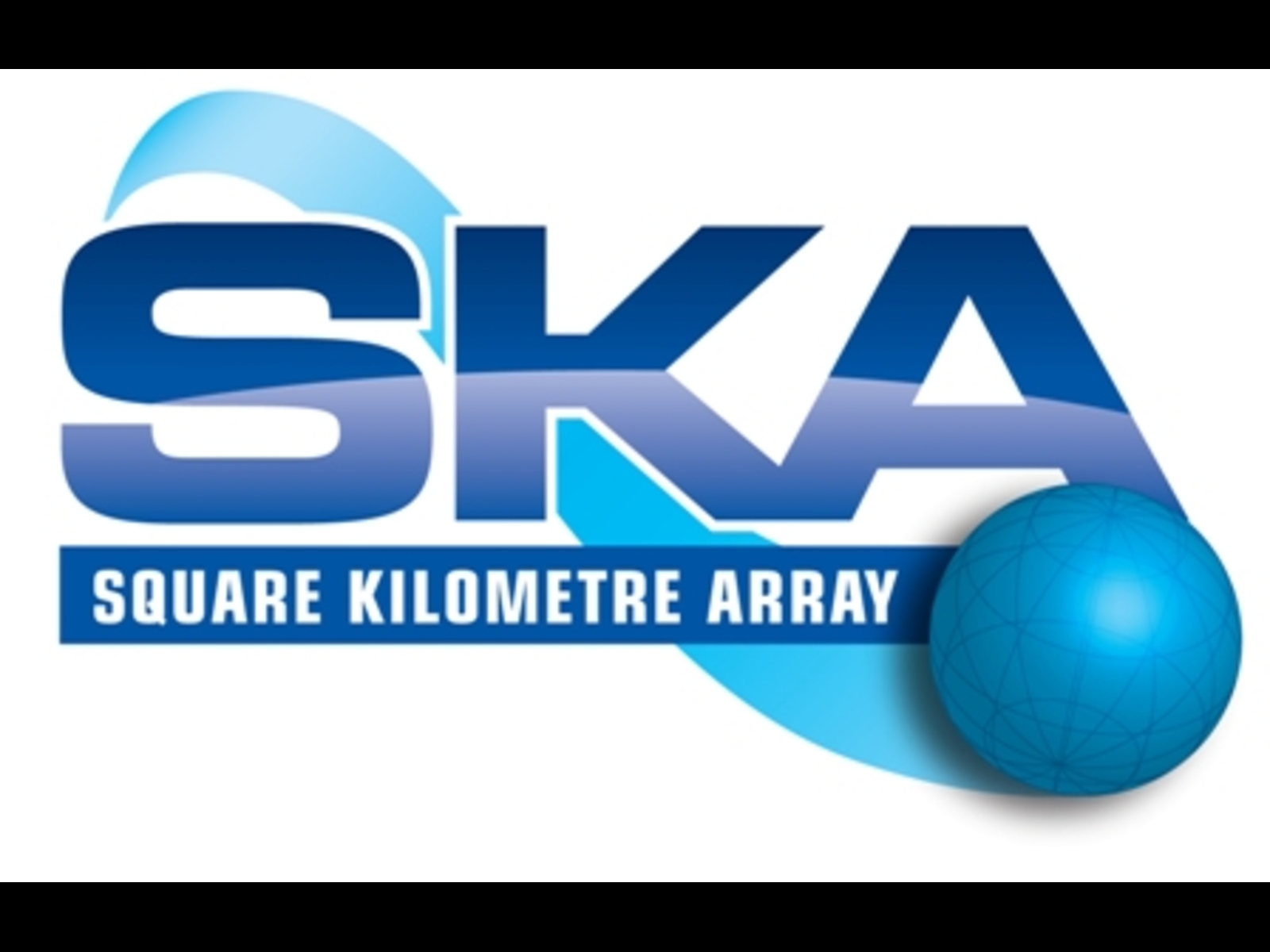Upon completion the Square Kilometre Array (SKA) will be the largest interferometer array to date, with thousands of dishes spiralled across Africa and Australia. The SKA observational bands will fall between 50 MHz and 24 GHz, making a vast variety of science goals possible. Examples of which include probing the Epoch of Reionisation, HI intensity mapping, cosmology through weak gravitational lensing, pulsar science, studying star formation and the interstellar-medium, black hole physics and detecting the cosmic web - to name but a few! The scale of the SKA represents a huge leap forward in both engineering and research & development towards building and delivering a unique instrument. The tremendous wealth of SKA data will demand novel techniques such as the sparse approaches to data processing researched at CosmoStat. These methods are fined-tuned to handle large-scale data, not only efficiently but without sacrificing the quality of astronomical images produced.

